Nose piercing bumps can be painful and annoying. This reddish lump on the piercing site is common during the healing process. It occurs due to improper aftercare, piercing technique issues, and metal allergy. But do not worry. It is temporary and can easily be soothed at home. There are home remedies available to heal the swelling and redness. Keep reading to know more about the causes, remedies, and prevention tips.
Stylecraze SaysYou can also prevent nose piercing bumps by avoiding the application of cosmetics, lotions, or even hair care products near the pierced area before it heals completely.
In This Article
What Is A Nose Piercing Bump?
When you pierce your nose, you may notice redness and swelling on the piercing site after a few weeks. These bumps typically appear after a skin injury and often heal on their own. Yolanda Moore, MPAS, PA-C, says, “Bumps after a nose piercing can be caused by a variety of reasons that usually resolve at some point with the exception of keloids. Because keloids are scar tissue caused by the trauma of the piercing, they tend to be more permanent. Most other bumps can improve with proper hygiene and simple remedies.”
Nose piercing bumps are mainly of three types. Learn more about them in the next section.
Types Of Nose Piercing Bumps
- Pustule: It is a pus-filled pimple-like bump on the pierced area.
- Keloid: It is a raised scar that develops at the piercing site. A keloid scar may appear like a bump.
- Granuloma: This type of bump is caused by tissue overgrowth. It may bleed and ooze white or yellow pus.
Stylecraze SaysNose piercing ideally takes about 6 to 8 weeks to heal entirely, and the bumps can appear during or after that period too. Hence, one must seek the right solution (either home remedies or medical advice) depending on the severity of the symptoms.
Nose piercing bumps may develop due to multiple reasons. Read the next section to find out the causes.
What Causes Nose Piercing Bumps?
- Improper Aftercare: If you have a new piercing, it is critical that you clean and sterilize it twice a day to prevent infection.
- Poor Personal Hygiene: You may develop bumps on the piercing site even after it has healed completely. This may be due to poor personal hygiene and touching the piercing without washing the hands.
- Poor Technique: Improper piercing technique can hurt the tissues and infect the area. Always go for a professional and reputable salon with licensed piercers.
- Allergic Reaction: This may be caused by products used before and after the piercing and metal allergy.
If you have developed a bump on the pierced area, it is better to visit a doctor for proper diagnosis and medication. You can also try these home remedies for redness and pain management at home.
How To Get Rid Of Nose Piercing Bumps: Home Remedies To Try
1. Sea Salt Solution
Sea salt has anti-inflammatory properties and may help reduce pain, swelling, and discharge from the piercing site (1).
How To Use
- Mix a tablespoon of sea salt in warm water.
- Wash the piercing site with the salt solution.
- Leave it on for a few minutes.
- Rinse it off and wipe the surface dry.
- Repeat it twice a day until the infection is gone.
2. Tea Tree Oil
Tea tree oil has antimicrobial, anti-inflammatory, and antiseptic properties that can eradicate bacteria and reduce swelling, redness, and pain caused by nose piercing bumps (2).
How To Use
- Dilute 2-3 drops of tea tree oil with a tablespoon of any carrier oil (like coconut, jojoba, almond, or avocado oils).
- Apply it to the affected area with a Q tip.
- Leave it on and repeat the procedure twice a day until the bump has healed.
Note: Do a patch test to avoid allergic reactions.
Related: Tea Tree Oil For Acne – Benefits, Uses, Risks, And More
3. Chamomile Tea Bags
Chamomile has anti-inflammatory properties and may help in reducing mild skin irritation, rashes, sores, and other skin inflammation (3). It calms the skin, relieving the irritation caused by the piercing.
How To Use
- Soak a chamomile tea in warm water.
- Use the tea bag as a warm compress.
- Apply it for 5-10 minutes.
- Repeat the process several times a day.
4. Aspirin
Aspirin is one of the oldest medicines for pain and inflammation management. It helps reduce swelling, irritation, redness, and pain on the piercing site and promotes better wound healing (4).
How To Use
- Mix aspirin and water to make a paste.
- Apply it to the piercing site every night before going to bed.
- Repeat it once a day until the swelling heals.
Related: Aspirin For Acne: Does it Really Work?
5. Honey
Honey has long been used as a traditional remedy for skin infections and inflammatory conditions. It has antiseptic, anti-inflammatory, antimicrobial, and wound healing properties (5), (6).
How To Use
- Apply honey to the bump.
- Leave it on for at least 30 minutes (or longer) and wash it off.
- Repeat once or twice every day.
Related: Is Honey Good For The Face And Skin? How To Use It?
6. Cold Compress
Cold packs can reduce pain, swelling, and discomfort by constricting the blood flow to the injured site. They may provide temporary relief and make the bump less visible. However, do not apply the ice cubes directly to the area as it may worsen the infection.
How To Use
- Wrap the ice cubes in a clean white towel.
- Apply it to the piercing site for 15-30 minutes.
- Repeat this process 2-3 times a day.
While you can follow these remedies to soothe and heal nose piercing bumps, here are a few preventative tips to reduce the risk of developing them.
How To Avoid Nose Piercing Bumps: Prevention Tips
- Always Opt For A Professional Salon: A skilled piercer is well-versed in the craft, which decreases the likelihood of developing infections and bumps. Ensure that they use sterilized tools.
- Washing Hands Before Touching: This will ensure you do not pass on dirt and bacteria to the injured site. Avoid touching and poking the piercing frequently and change your sheets and pillowcases frequently to keep the piercing clean.
- Use Hypoallergenic Metal: Cheap jewelry may trigger an allergic reaction. To prevent that, opt for hypoallergenic metal jewelry made of gold, stainless steel, titanium, or niobium.
- Let It Heal: Nose piercing may take 6-8 weeks to heal. Do not remove or replace the nosepiece before complete healing.
Moore says, “Granulomas are common and will resolve with time and simple measures. Cleaning the piercing with saline, applying tea tree oil, and using Bactine antiseptic spray can help expedite the healing process. Other bumps (i.e., pustules) caused by infection due to inadequate cleanliness during the piercing process or poor piercing aftercare should be taken care of early and consistently until healed.”
Proper aftercare is crucial to avoid bumps and infection on the pierced area. Here are a few tips to keep the nose piercing clean.
How To Clean An Infected Nose Piercing
- Wash and clean the area three to four times a day with a saline solution. Allow to dry it naturally, and do not use rubbing alcohol and hydrogen peroxide.
- Gently remove any debris or dry skin from the area.
Unless your doctor instructs otherwise, keep the piercing in place. If your infection hasn’t cleared up after a week, consult a doctor.
When To See A Doctor
Consult a doctor if:
- The pain doesn’t subside after two weeks.
- You experience fever, dizziness, and nausea.
- The bump feels tender or develops pus.
- The piercing area gives out a foul odor.
Moore says, “Most bumps will resolve over time if the cause is addressed properly. Unfortunately, keloid-related bumps may be permanent. One may consider consulting with a dermatologist or plastic surgeon to discuss corrective options for excessively large or disfiguring bumps.”
Nose piercing bumps are red, painful bumps that occur due to improper piercing technique, poor hygiene, or metal allergy. You can try simple natural remedies to reduce the redness and pain in the comfort of your home. You can apply a cold compress, tea tree oil, or honey to the piercing site to provide relief and quicken the healing process. Always go to a professional piercer and follow a proper aftercare routine to prevent the risk of developing nose piercing bumps. If the bump develops pus or gives off a foul smell after two weeks, consult a doctor.




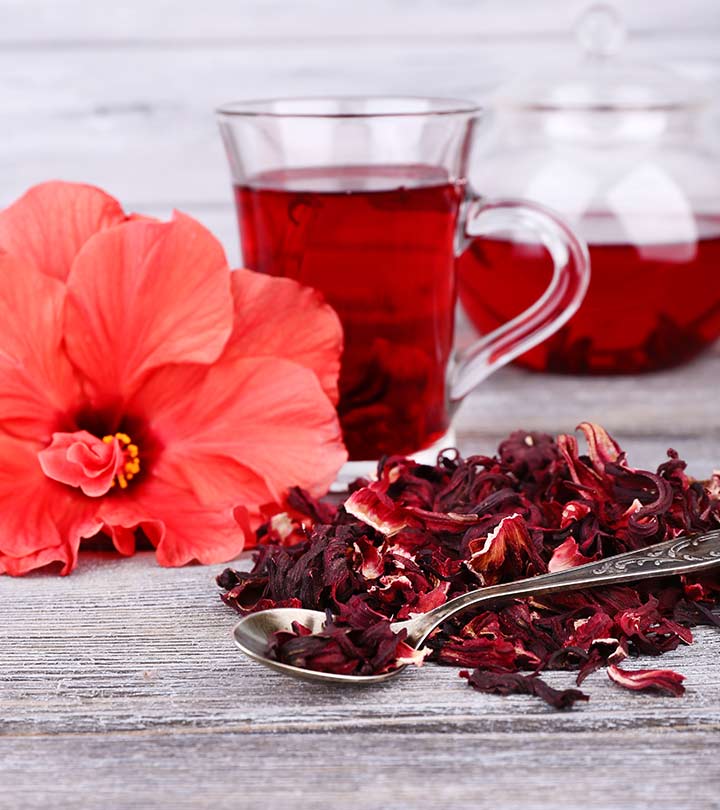









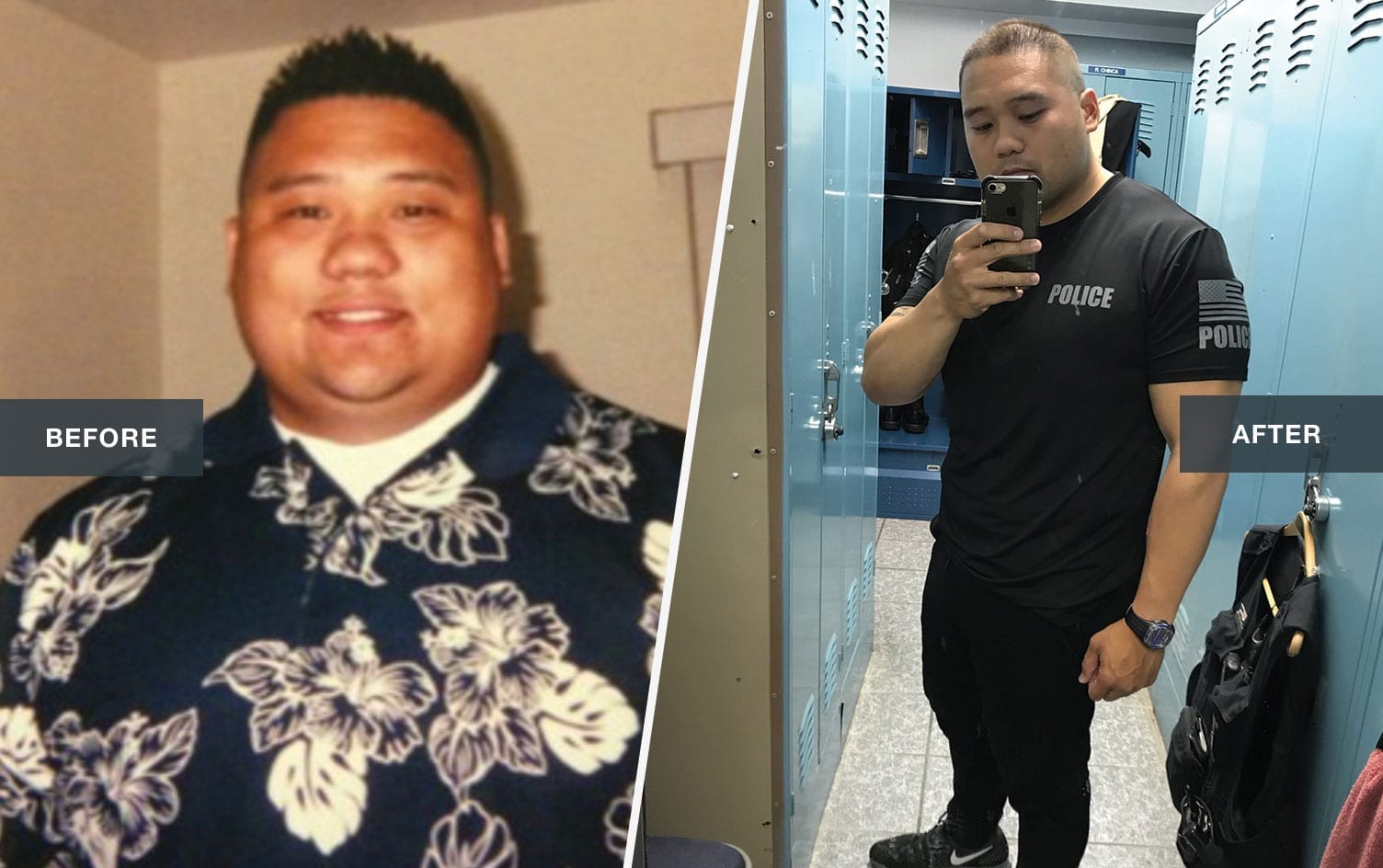
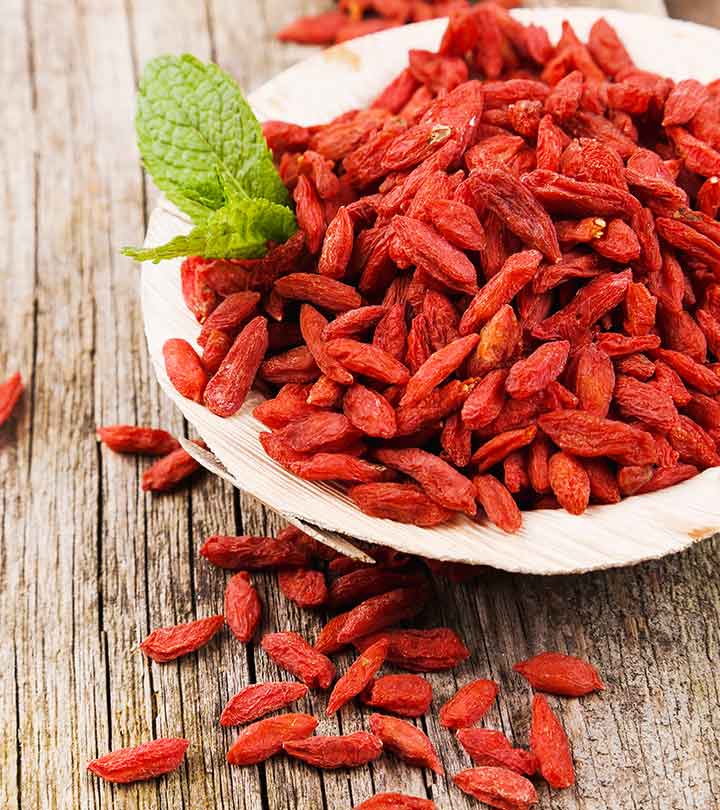
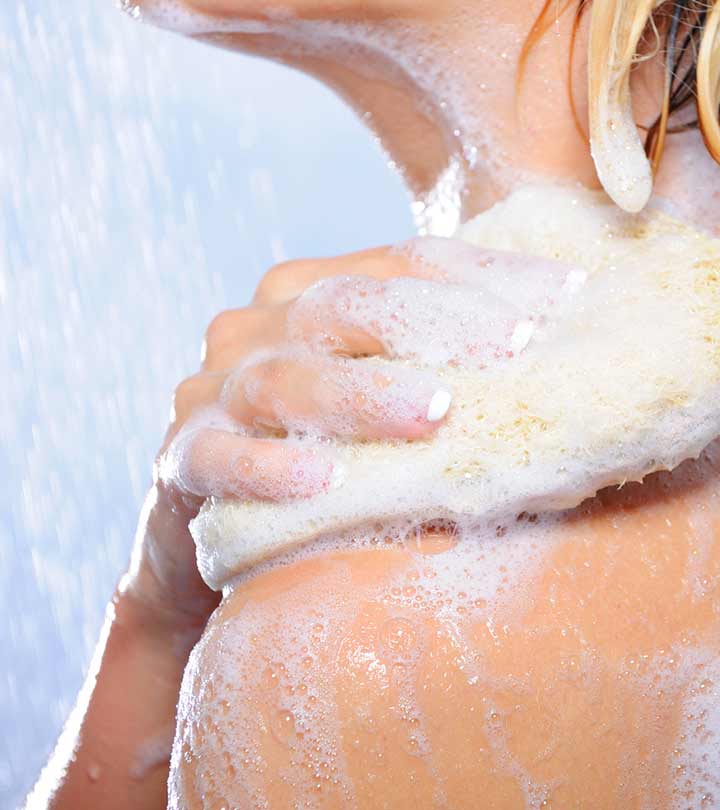
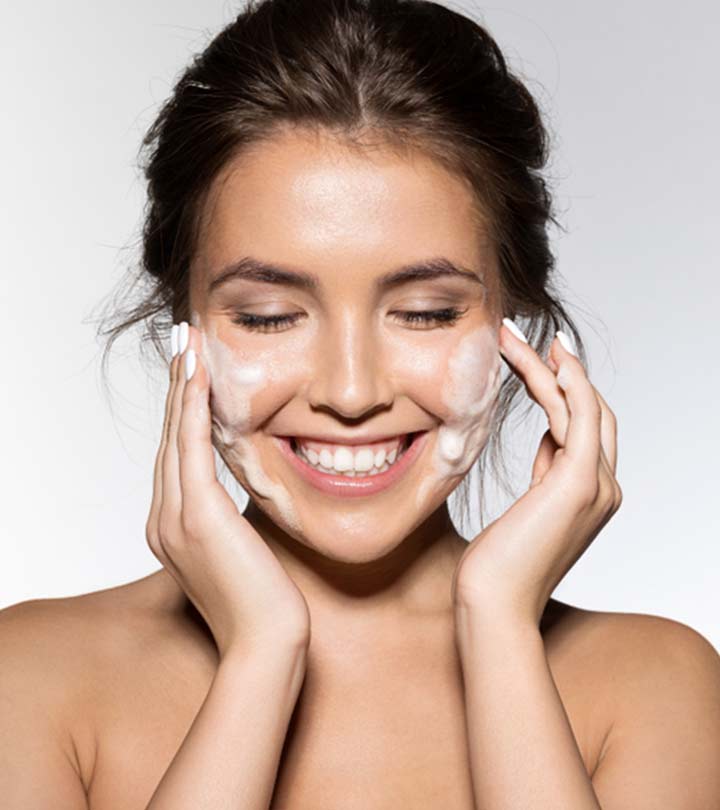
brand cialis permission – brand cialis monster penisole happiness